Strawberry Vanilla Hydrangea - leaves turning yellow
bbearmami
9 years ago
Related Stories
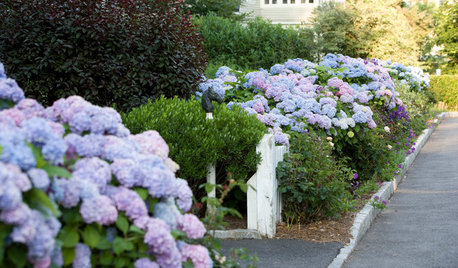
FLOWERSWhy You Should Give Hydrangeas a Place in Your Yard
The exuberant mop-headed beauties evoke dreams of an endless summer by the sea
Full Story
SPRING GARDENINGSummer Crops: How to Grow Strawberries
Pluck your own sweet strawberries right from the garden vine for smoothies, salads or eating then and there
Full Story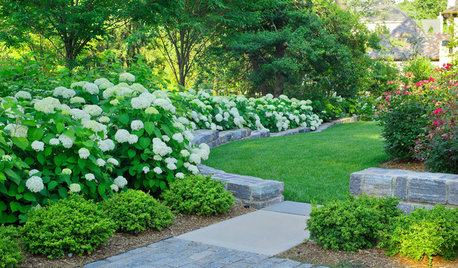
FLOWERS AND PLANTSHydrangea Arborescens Illuminates Garden Borders and Paths
This long-blooming eastern North American native shrub finds a home in landscapes around the world
Full Story
FALL GARDENING5 Ways to Put Fall Leaves to Work in Your Garden
Improve your soil and yard the organic way with a valuable garden booster that grows on trees
Full Story
GARDENING GUIDESWhat's Wrong With My Plant? Leaves Often Hold the Clues
Learn how to identify common plant ailments by reading their leaves
Full Story
COLORBest Ways to Use the Soft Yellow Color of 2014
You may fall for PPG Pittsburgh Paints’ Turning Oakleaf if you like your hues warm, mellow and cheery
Full Story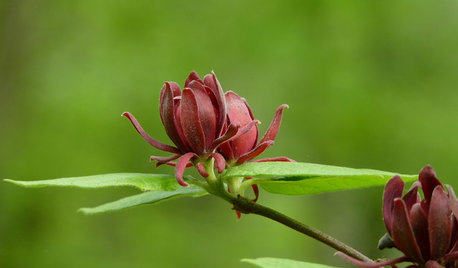
GARDENING GUIDESGreat Design Plant: Calycanthus Floridus
This U.S. native plant — also called Eastern sweetshrub, Carolina allspice and strawberry shrub — is an aromatic and a visual treat
Full Story
PRODUCT PICKSGuest Picks: Butter Up a Cottage Kitchen
Look to accessories in shades of butter yellow to bring cheery brightness to a homey kitchen
Full Story
TASTEMAKERSCatching Up With the Queen of Shabby Chic
Rachel Ashwell defined a style embraced by countless fans over the past 25 years. Find out what she’s turning her sights to now
Full Story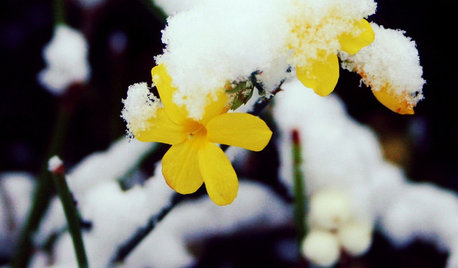
YELLOW FLOWERSGreat Design Plant: Winter Jasmine Gladdens Snowy Gardens
Sunny yellow flowers defy the frost, bringing cheer to the garden on gray days
Full Story





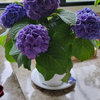
bbearmamiOriginal Author
luis_pr
Related Professionals
Middle River Landscape Architects & Landscape Designers · Finneytown Landscape Architects & Landscape Designers · Cicero Landscape Contractors · Cornelius Landscape Contractors · El Sobrante Landscape Contractors · Fruit Heights Landscape Contractors · Fuquay-Varina Landscape Contractors · Hurricane Landscape Contractors · Lees Summit Landscape Contractors · Longview Landscape Contractors · Pleasanton Landscape Contractors · Suitland Landscape Contractors · Wethersfield Landscape Contractors · Poway Siding & Exteriors · Weymouth Siding & Exteriors